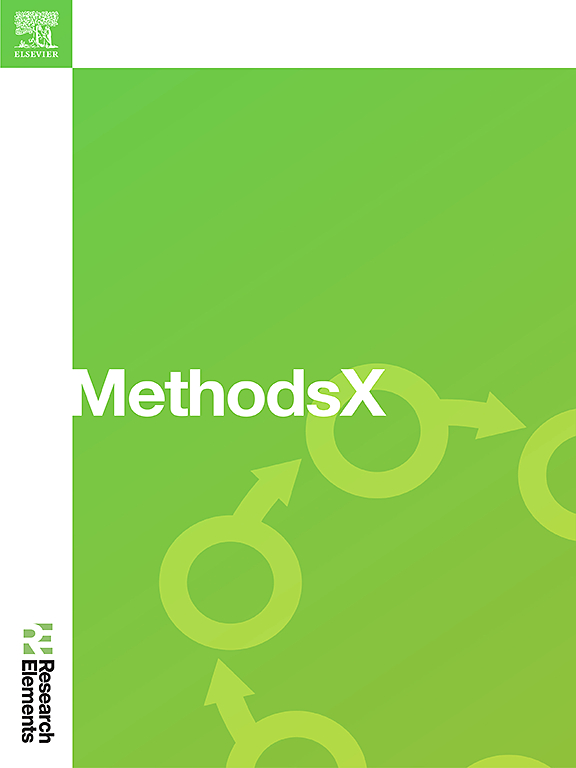A single entomopathogenic nematode infection assay for Drosophila melanogaster larvae
IF 1.6
Q2 MULTIDISCIPLINARY SCIENCES
引用次数: 0
Abstract
The entomopathogenic nematodes (EPNs) Steinernema carpocapsae and Steinernema hermaphroditum can efficiently infect the fruit fly, Drosophila melanogaster. The EPN infective juvenile (IJ) stage is the free-living and non-feeding stage that seeks out suitable insects to infect. While previous studies have described successful infection of D. melanogaster larvae with a standard amount of 100 IJs, the pathogenicity of a single IJ nematode towards insects remains poorly understood. Given the variability in pathogenesis among individual IJs, investigating the ability of a single IJ to cause infection in fly larvae addresses a significant gap in our understanding of host-parasite interactions. This protocol aims to evaluate the infection efficiency of a single IJ of S. carpocapsae and S. hermaphroditum. This information contributes towards a better understanding of the EPN-insect interactions and promises to improve the use of EPNs in pest management strategies. The method is summarized below:
- •Individual third instar wild-type D. melanogaster larvae are infected with either a single IJ or 100 IJs of either nematode species. Uninfected control larvae are treated with sterile water.
- •Larval survival is monitored over time.
- •Survival curves are generated, and results are statistically analyzed to determine the effect of a single nematode on the fly larval mortality.

求助全文
约1分钟内获得全文
求助全文
来源期刊

MethodsX
Health Professions-Medical Laboratory Technology
CiteScore
3.60
自引率
5.30%
发文量
314
审稿时长
7 weeks
期刊介绍:
 求助内容:
求助内容: 应助结果提醒方式:
应助结果提醒方式:


